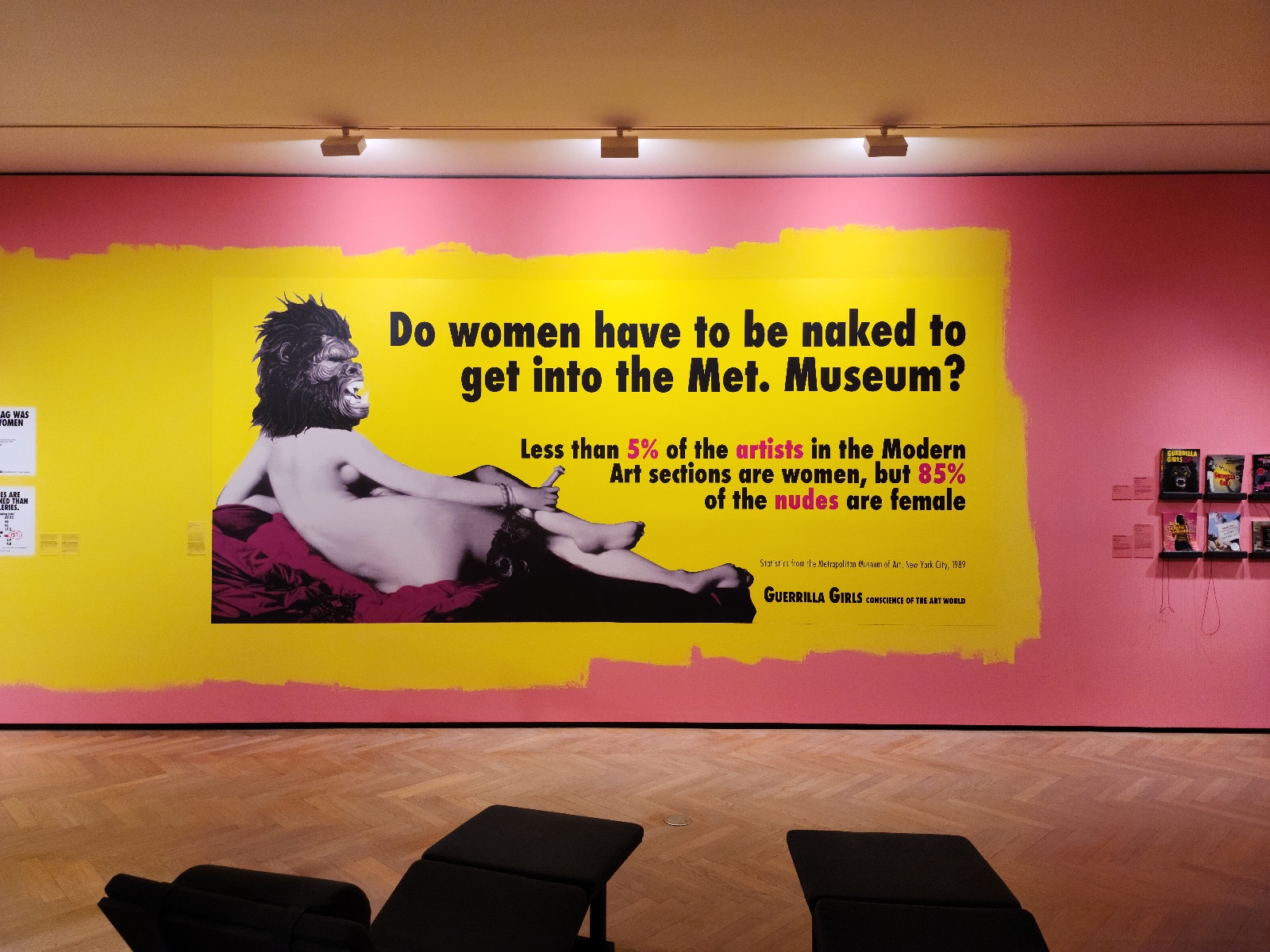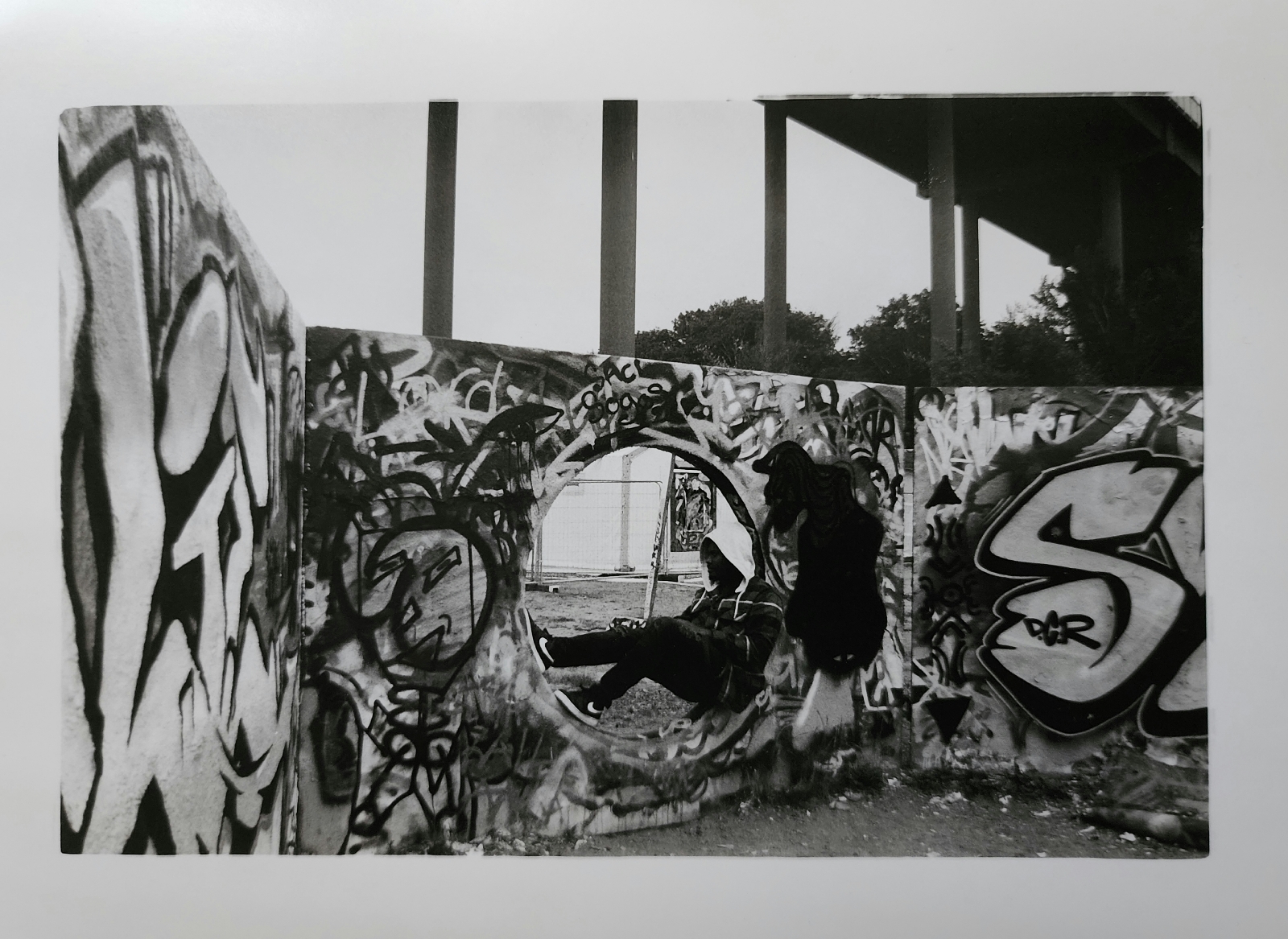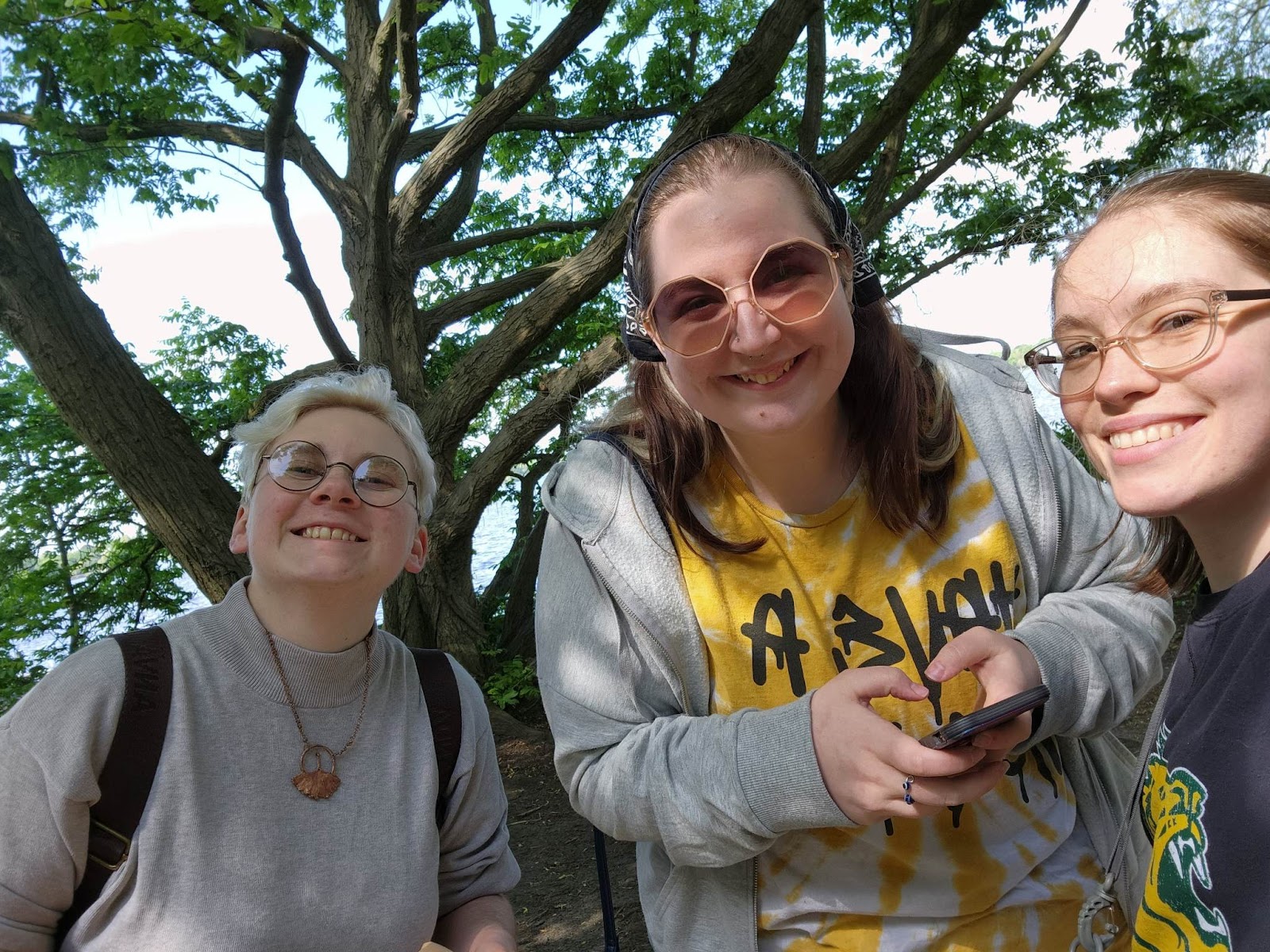Assignment #1 - Hamburg, Germany
Among the
cathedrals and cobblestone paths that line the streets of this immemorial city
lie museums, places where art both ancient and contemporary come to rest. Travelers
from across the land and sea gather here to behold the age-old sights that
adorn every nook and cranny of Hamburg, and for good reason. Founded sometime in the 9th century,
Hamburg was originally a mission settlement to convert Germanic Saxons;
however, it later became a dominant trading center in Europe due to its essential
seaside ports. As its population grew over each millennia, so did the local art
scene blossom into what it is today. Art repositories took root and expanded overtime,
and sites like the Kunsthalle and Kunstverein became staples for the art
community to accumulate and archive art from local artists as well as from other
areas of Europe and Asia.
With a population of over 1.8 million people and being nearly 300 square miles in size, I still felt very dwarfed by the smaller district we stayed in while in the city. Coming from the small Midwestern town of Joplin, I wasn’t sure what to expect upon arrival. The culture shock was certainly there, but it felt muffled somewhat. In European countries like Germany and Sweden, most of the population is at least bilingual if not multilingual, so they will know their country’s national language and then begin to learn English from a very young age and continue to learn it until they are fluent. I can say with certainty that America is extremely lacking in this aspect, as I was only required to take two years of a foreign language and then proceed to never use it because of how predominantly we speak English, especially in the Midwest. Also, coming from a place with primarily hard water on tap, it felt like a breath of fresh air to drink water that was purified and usually carbonated! In Germany, if you want regular water, you need to ask for it “still.” They also don’t typically give you drinks with ice; that is apparently a very American custom. The drinks are still cold, just not as chilled. On an unrelated note, their toilet flushers are typically buttons, and not handles on the side of the water tank.
Kunsthalle
was the first and biggest museum we visited on our trip and held mainly older
works by artists like Edward Munch and Eugene Delacroix. Marble statues stood
proudly on display and every wall was furnished with a painting of some kind;
many of the older pieces referenced biblical scenes or characters, while newer
works showcased anonymous figures or seemingly normal, everyday people. And then,
of course, we have individuals like Caspar David Friedrich who has been an artist
I’ve garnered inspiration from since I began studying art seriously during my
time at MSSU. Seashore by Moonlight is one of his works on display at Kunsthalle
that showcases his allegorical style of painting which evokes an emotional response
towards the natural world. Observe the purposeful placement of each painted
pillar along the centered horizon line, along with the stark contrast of the
dark shore below and softly shaded clouds above.
The
Museum for Kunst and Gewerbe was our next stop a day later and incorporated
both modern and antiquated art pieces. Some of their permanent exhibits include
ancient art from across the globe, including different sections of Europe and
East Asia. One of the more current exhibits was comprised of work from the Guerrilla
Girls, who are a group of anonymous female artists who devote themselves to
fighting oppressive forces that specifically oppose subjugated communities including
women and people of color. This large poster is a prime example of the kind of
work you can expect from them; graphic design that is eye-catching both in topic
and color which draws you in and makes you want to read more about the subject
matter. Another more family-friendly exhibit was centered entirely around the
making of the children’s show Sesame Street. In this exhibit, the
process of making the puppets and the art of puppetry itself are simply
explained through a mixture of visuals, text, and optional audio. The effect of
sesame street on pop culture is also touched on, and multiple posters are on display
which highlight this relationship between the show and individual graphic artists.
Kunstverein
was more educationally based, with hands-on, interactive, tactical exhibits that
allowed visitors to learn about a plethora of different topics ranging wildly from
current events to the use of gingko trees on public property. A good portion of
the exhibit was student work, and I personally found the ginkgo tree display
the most interesting. The ginkgo plant is my favorite tree, and not only did I
learn about the history of the gingko as well as its physiology, but I was able
to take some dried gingko nuts for the road! Our professor had experience with them
and warned us they were an odd flavor and texture but he wasn’t able to dissuade
me from trying one. I found it oddly pleasant, and would like to try them again
in the future.
Deichtorhallen was our last stop in Hamburg and was more easily recognizable as an art gallery due to its layout. Abstract work and black and white photography adorned the white and gray walls in separate sections, and the space was incredibly well-lit from high light fixtures bolted to the ceiling. I was not a fan of the photographer Ralph Gibson, as I found his work somewhat pretentious and overtly sexual. It was stated in one of the descriptions of his works titled Nudes (1968-2005) that “Nude photography makes up only a small, but essential part of Gibson’s work,” however, there were multiple nudes present in nearly every series he shot and they all felt very objectifying of the female form, as the staging of each body appeared to highlight women’s breasts and genitalia in an overtly erotic manner and never showed the woman’s face. I would describe his shots as stark naked, not nude.
You won't like every artist's work and you're allowed to have that opinion,
Eli Goodwin










Comments
Post a Comment